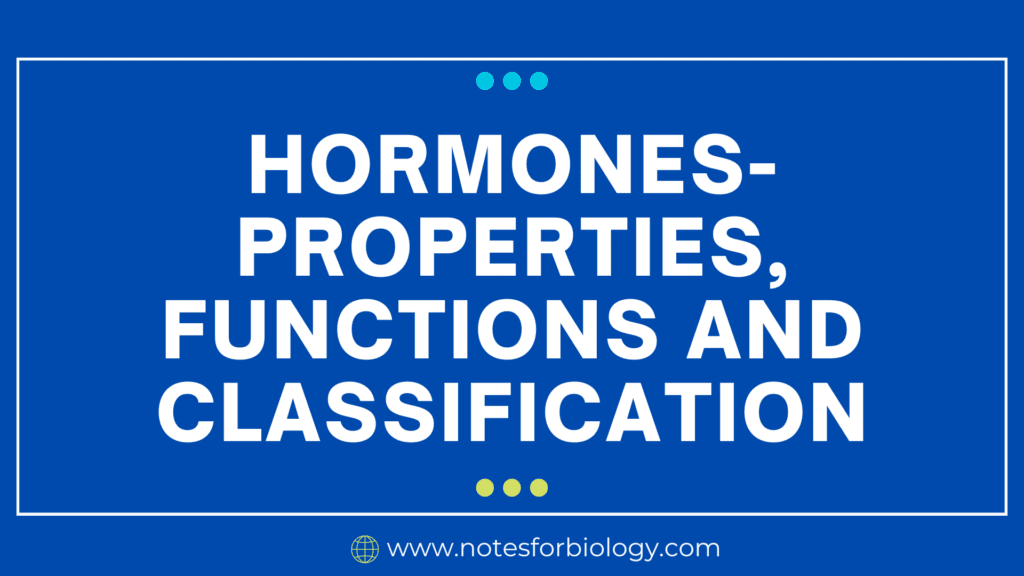Hormones- Properties, functions and classification
What is Hormones? Hormones are vital chemical messengers that play a key role in regulating many of our body’s functions, from growth and metabolism to mood and reproduction. These molecules are produced in glands and tissues and released into the bloodstream, where they travel to various organs and tissues to help maintain homeostasis—the body’s stable […]
Hormones- Properties, functions and classification Read More »










